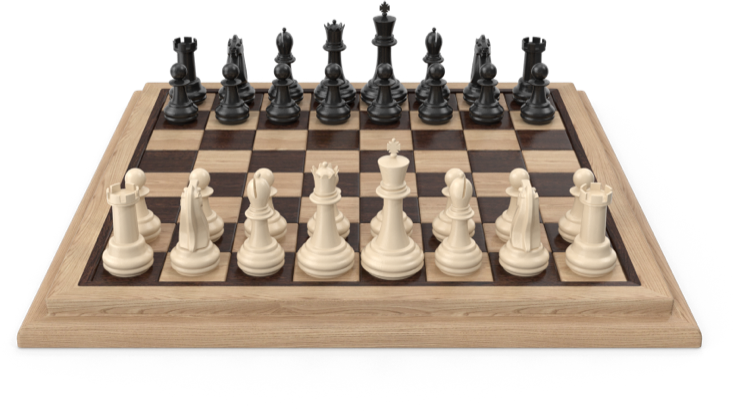Let's Talk

Need Help Urgently?
Call our 24 hour rapid response team now on 03333 050 134
Request a callback
"*" indicates required fields


Being convicted of a money laundering offence can have life-changing consequences, with a lengthy prison sentence a distinct possibility. Having legal representation experienced in money laundering law on your side, to ensure that you are treated fairly, can make a real difference to the outcome of your case.
On a very simple level, money laundering is the procedure which criminals use to conceal the proceeds of their crimes.
The definition of money laundering in the Proceeds of Crime Act 2002 encompasses all types of possessing or handling criminal property, including money and intangible property, and facilitating the possessing or handling of criminal property.
This includes possessing the proceeds of your own crime.
The definition encompasses everything from simple one-person operations, to more sophisticated operations involving multiple people around the world.
A money laundering offence or multiple money laundering offences are likely to be uncovered when investigations take place to discover what has happened to the proceeds of crime.
Sections 327, 328 and 329 of the Proceeds of Crime Act include the main money laundering offences.
Bribery is an example of a money laundering offence, as is smuggling, tax evasion and fraud.
As you can see, there is not just one money laundering offence, but multiple offences covering a broad spectrum of activities.
In the past, there were separate money laundering offences for drug money laundering (under the Drug Trafficking Act 1994) and non-drug money laundering (under the Criminal Justice Act 1988).
Now, money laundering offences in the Proceeds of Crime Act 2002 (Sections 327, 328 and 329) replace non-drug related and drug-related money laundering offences, with offences which do not differentiate between drug trafficking criminal proceeds and proceeds from other crimes.
In order to convict someone of a money laundering offence, the prosecution have to prove that the property (including money) has originated from criminal activities.
Many of the more complex or sophisticated money laundering operations involve three stages:
The prosecution will attempt to prove the full audit trail of the alleged money laundering offence.
Section 340 of the Proceeds of Crime Act 2002 defines property as criminal property if:
(a) it constitutes a person’s benefit from criminal conduct or it represents such a benefit (in whole or part and whether directly or indirectly), and
(b)
the alleged offender knows or suspects that it constitutes or represents such a benefit.
Criminal property can include money and property, as well as things in action and other intangible or incorporeal property.
There are two broad types of money laundering prosecutions.
The first involves the “mixed” money laundering offence cases, where the money laundering offence/s is included on an indictment for the offence which generated the proceeds (rather than being the sole charge).
This includes cases where the accused is allegedly laundering their own criminal proceeds and where the money laundering is being conducted by someone else.
The second encompasses cases where the money laundering offence is the only charge. Again, this includes both “self laundering” criminal proceeds and laundering by someone else.
In the first of the two categories above, where the money laundering offence is on the indictment for the offence where the proceeds have originated, the criminal conduct will be proven as part of these proceedings.
In the second category, where the money laundering offence is the sole charge, there is no requirement to wait for the person to be convicted of the criminal conduct, in order to proceed with the conviction for the money laundering offence. Rather than proving the criminal conduct which resulted in the criminal property, the prosecution can produce evidence (circumstantial or otherwise) which will show (to the required criminal standard) that the property has come from a criminal activity.
Yes, there are various defences available to the money laundering offences detailed in the Proceeds of Crime Act. For example, if a person had possession of the property for “adequate consideration”, this could be cited as a defence to a Section 329 offence (acquisition, use and possession).
As we mentioned earlier, money laundering is a highly complex area of law and money laundering offences can cover a very broad range of activities. As such, it is vital to seek legal advice from a specialist lawyer experienced in this area of law, who can study your case and work with you to ensure that you achieve the best possible outcome.
Being convicted of a money laundering offence under Sections 327, 328 or 329 of the Proceeds of Crime Act can result in a maximum prison sentence of 14 years.
When deciding on the length of sentence for an offender, the court will look at both culpability and harm.
When assessing the culpability of the offender, the court will look at factors such as the role the offender played in the group (if there is one), whether others were pressured to be involved and the level of planning involved.
The level of harm is determined by two factors: the value of the money laundered and the level of harm associated with the underlying criminal offence.
The court will then use the culpability and harm assessments to decide on an appropriate sentence (within a category range).
For example, if the offender was found to have high culpability and harm (where the value of the money laundering was very high), the starting point would be 10 years in custody (the category range is between 8 and 13 years in this example).
If, on the other hand, they had very low culpability and harm, the starting point would be a low level community order (category range – a fine to a medium level community order).


Call our 24 hour rapid response team now on 03333 050 134
"*" indicates required fields
"*" indicates required fields